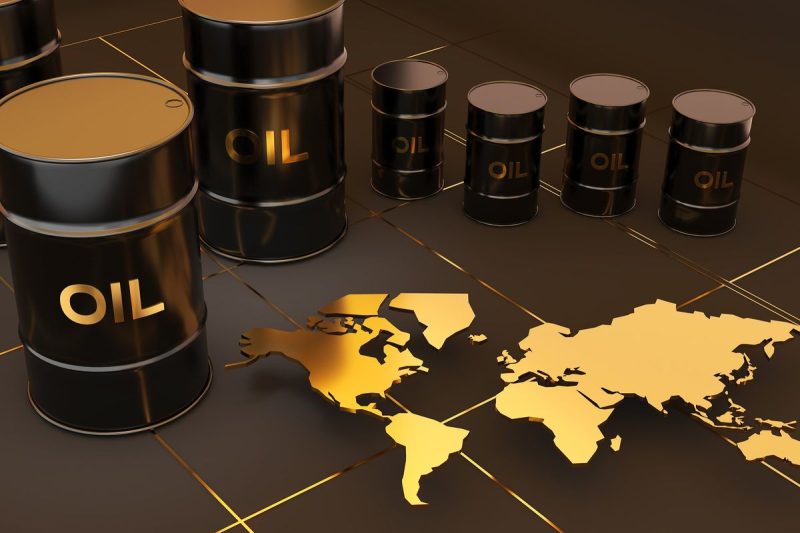Oil is a crucial global commodity that powers industries, economies, and daily life across the world. As of 2024, several countries continue to dominate oil production and play pivotal roles in shaping the energy landscape. Let’s take a closer look at the top oil-producing nations and the factors influencing their production levels:
1. **United States**: The United States has steadily increased its oil production over the years, leveraging advanced drilling technologies like hydraulic fracturing to tap into shale reserves. Texas, North Dakota, and New Mexico are among the leading states driving the country’s oil output.
2. **Saudi Arabia**: As a prominent member of the Organization of the Petroleum Exporting Countries (OPEC), Saudi Arabia boasts significant oil reserves and production capacity. The kingdom plays a central role in OPEC’s decisions to stabilize global oil prices.
3. **Russia**: A key player in the global energy market, Russia has vast oil reserves in Siberia and the Urals. The country’s state-owned energy giants like Rosneft and Gazprom wield significant influence over global oil trade.
4. **Canada**: Known for its oil sands deposits in Alberta, Canada is a major producer of unconventional oil. While extraction from oil sands is more complex and costly compared to conventional drilling, Canada’s production continues to expand to meet domestic and international demand.
5. **China**: As the world’s largest importer of oil, China has ramped up domestic production to reduce its reliance on foreign sources. The country’s investments in exploration and production technologies have helped boost its output in key regions like the Bohai Bay and South China Sea.
6. **Iraq**: Despite facing geopolitical challenges, Iraq remains a significant oil producer with vast untapped reserves. The country’s southern fields, including Rumaila and West Qurna, form the backbone of its oil industry.
7. **Brazil**: Brazil’s pre-salt reserves off its coast have attracted global attention due to their size and potential. Petrobras, the state-owned oil company, leads exploration and production efforts in these deepwater fields.
8. **Iran**: Historically a major oil producer, Iran has faced disruptions due to international sanctions and political instability. The country’s return to the global oil market following the lifting of sanctions has the potential to impact global supply dynamics.
9. **United Arab Emirates**: The UAE, particularly Abu Dhabi, is home to significant oil reserves and plays a crucial role in OPEC’s production decisions. The country’s investments in infrastructure and technology support its oil output capacity.
10. **Kuwait**: With vast oil reserves and a commitment to expanding its production capacity, Kuwait is a key player in the Middle East oil landscape. The country’s Burgan Field is one of the largest oil fields globally, supporting its prolific output.
In conclusion, the top oil-producing countries of 2024 illustrate the complex interplay of geological, economic, and geopolitical factors that shape global energy markets. As these nations navigate evolving demand trends, technological advancements, and sustainability concerns, their oil production levels will continue to impact the world’s energy security and economic stability.
